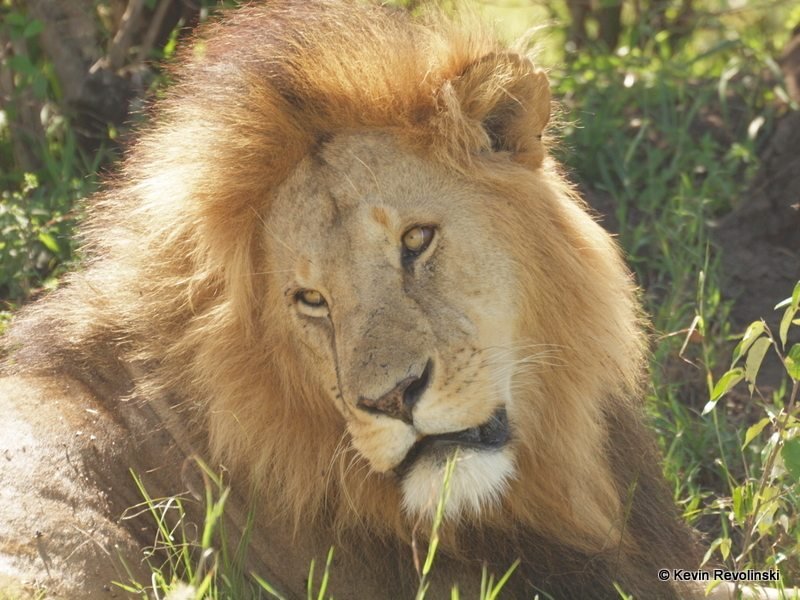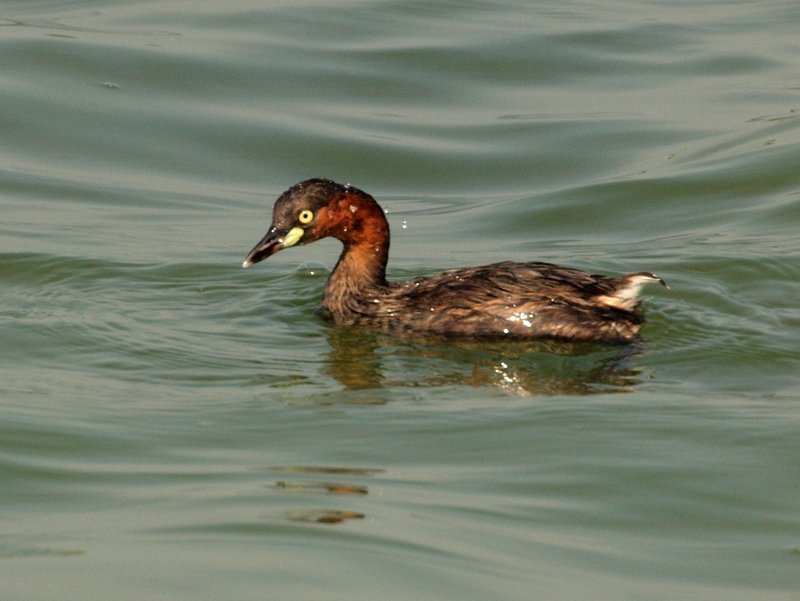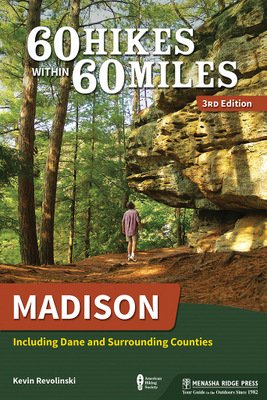Photo Gallery: Maasai Mara, Lions and More

Continuing on from Lake Nakuru we took the long bumpy road into the Maasai Mara National Reserve. Located along the border of southwestern Kenya, the Mara is actually the Kenyan portion of what is the Serengeti in Tanzania to the south. As the animals aren’t required to be groped by the TSA nor is there a $1 billion dollar invisible fence along the border (or IS there? raises one eyebrow), they are free to move back and forth between the two countries. And boy do they ever. The great migration takes place around the beginning of July — yep, just about a month or so after we visited. Over a million wildebeests, hundreds of thousands of gazelles and zebras, and the lions who love them, all hiking north into Kenya until October when they head south like Florida snowbirds. Am I disappointed? Well, yes. Consolation, however, is that in May we went most  of the days without running into hardly any other safari vans. Herds were several hundred rather than thousands. But during the migration, human herds occupy the camps and the park roads offer traffic jams. While that would surely be overshadowed by a million wildebeests pounding the earth, I do also value not having people around. Call me misanthropic.
of the days without running into hardly any other safari vans. Herds were several hundred rather than thousands. But during the migration, human herds occupy the camps and the park roads offer traffic jams. While that would surely be overshadowed by a million wildebeests pounding the earth, I do also value not having people around. Call me misanthropic.
And furthering my misanthropy is the intended tarmac highway which would cut right through the park and have serious negative effects on that migration. As of June 2011, those plans have allegedly been changed due to “global outcry.” Nothing a government fears more than a Facebook campaign, I suppose. (“Whoa, a latte drinker at a fair-trade coffeeshop in Madison clicked Like on a page that doesn’t Like what I’m doing??? I fold!”) But the folks over at National Geographic don’t see the announcement as a promise to find an alternative yet, and it may just be a strategy to wait until no one is looking. (“OMG! Facebook: Protest against MERALCO electricity price hike?? Like! Like!”)
[Seriously, if the fate of the Serengeti and Mara concerns you, and it should, keep up to date with Serengeti Watch.]
Enough talk. On to the photos! Steve was still our driver and we were on game drives throughout the massive park. Steve was tireless in searching for the Big Cats, and thanks to his persistence and the constant chatter among drivers on the radio, we saw us some very very cool cats.

Of course, the danger is getting obsessed with the CATS! There are loads of other great sights to see on safari. Take the prancing wildebeest, example.
And the high leaping impalas are highly entertaining.
Plus an ostrich treated us to a pretty crazy, wing-flailing, spinning-in-place dance. And paused for a What are YOU looking at? moment with a warthog before continuing. And then the call came in and Steve spun the van around like a storm- or ambulance chaser…
Lions! We found them lying in the grass, apparently having gorged themselves on last night’s kill. We paused for photos of course but Steve put it in gear and started to move to our premature protests. Someone was counting… one, two, three… wait a moment…
Around the bush were the three males. Handsome devils, no? Apparently, he didn’t find it too exciting.
We counted 14 in all.
All of them a little yawny from a night out on the Mara. While we celebrated the sight of them, and some clean picked bones not far away, we were merely pushed to the next cat on the list…
…which Steve found lounging in a tree. We came back the next day and found the same leopard? a different one? with a kill dragged up into another tree…
Is that water buck tartar or eland carpaccio?
Of all of us waiting for the leopard to leap to the ground, poised with our cameras, Peung was the only one to nail the shot. Very cool.
And off went the leopard for a drink.
Still more to come from the Samburu safari, and for the birders, a couple galleries to include hornbills!
If you missed it, see the Amboseli Photo Gallery on the home page.
This is post 200! Yay!
(Read/see more about our Kenya safari accommodations.)
















 ORDER YOUR COPY TODAY!
ORDER YOUR COPY TODAY! ORDER YOUR COPY TODAY!
ORDER YOUR COPY TODAY!
Can we get some tech-details here? I’m always curious as to what people use for coverages like this. I see some fill-flash on the lion-yawn, but am not sure of much else besides that. Give us the scoop! 🙂
Best wishes,
Troy
Sure thing, Troy! I’m shooting with an Olympus E620 with a Sigma 135-400mm lens. I did use fill flash on that lion shot (we were plenty close) but pretty much all the rest are without. The leopard in the tree required a bit of contrast touch up, it being in the shade and up against the sky and all. The eating one I shot at ISO640. (Preamtip used an E500 for the leaping leopard. Part of the reason I couldn’t get that shot is we were just too close for my lens and there was no time to switch.) We were standing up in a van with the top popped up, so I either shot hand held or braced the camera against parts of the van or just rested it on top. Some vans have sand bags you can lay along the edge for that purpose.
I’m not very technical, but I’m more than happy to share. Just expect a really clueless response from time to time. 😉 Also, I’m always willing to hear critiques of what I could have done better! Most of what I’ve ever done in photography, music, sports, cooking, you name it, has either been lots of stumbling trial and error or hanging out with people who are much better than I am and observing.
Wow, amazing photos. The leopard was especially cool.
Pingback: Hornbills of Kenya (Photos)
Pingback: Visit to a Maasai Village in Kenya
Pingback: The Mad Traveler’s A to Z of Travel
Pingback: Visit to a Maasai Village in Kenya – The Mad Traveler